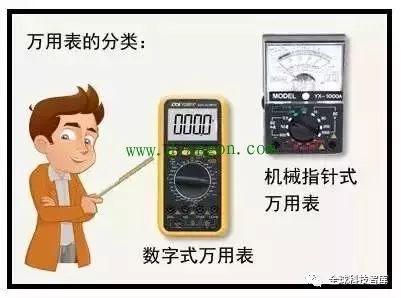

A multimeter is a versatile measuring tool that can measure voltage, resistance, current, capacitance, and short circuits, among other functions. The usage methods of different multimeters are generally similar. By mastering the principles, one can easily understand them. Below, I will demonstrate how to use a digital multimeter.


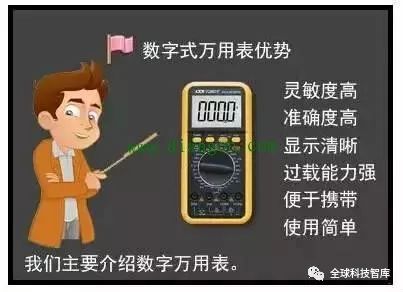
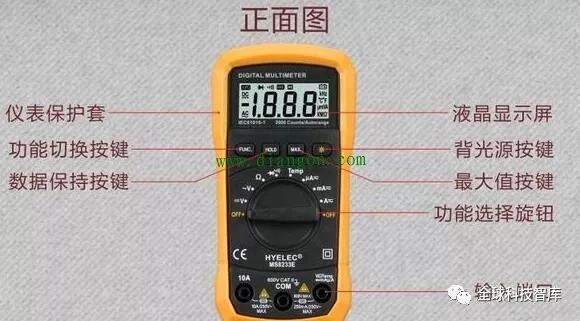

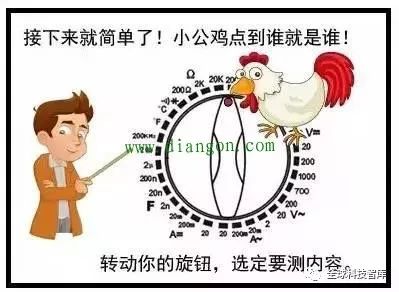

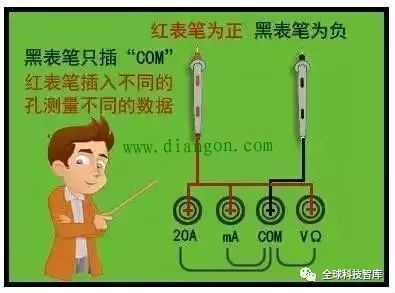


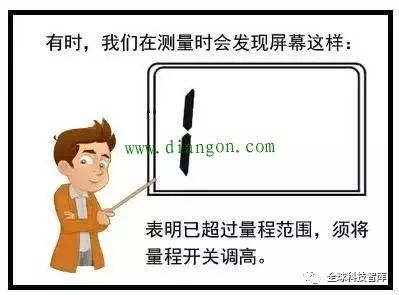
Using an analog multimeter to check the coil of a small speaker is very intuitive, and using the 1 ohm range can produce a clicking sound! The analog meter can also check small thyristors in the 1 ohm range to see if they conduct! For field-effect transistors, the 10K range can also check their conduction! Light-emitting diodes can be lit using the 10K range! However, the digital meter can only display the reading without any sound; it cannot do that! Additionally, for measuring in-circuit resistances, capacitors, etc., the analog meter is still more useful. This includes checking the quality of transistors!
I turned on the TV and first checked the speaker! My habit is to use the 1 ohm range on the analog meter to touch the speaker coil! I heard a continuous peak sound from the speaker! I was puzzled; this 500 model analog meter does not have a signal generator, how could there be a continuous peak sound? I held the probe in one hand and pressed the speaker cone with the other, and the sound disappeared. I immediately understood that this was because the special lead from the speaker coil to the terminal was broken, not far away, in a state of being almost connected, which created a very high frequency sound due to the touch! I re-soldered a lead wire, troubleshooting the fault in just 5 minutes!
A good 500 model multimeter can be used to directly measure the output voltage of a frequency converter. The 1 ohm and 10K ranges of the 500 model are frequently used, for example, to check for leakage. If there is a slight movement in the 10K range, it indicates leakage, and there is no need to shake the meter; if the 10K range moves, the device definitely has a problem! The 1 ohm range is also very useful, for example, if you measure a circuit with the 1K range and suspect a short circuit, but when you switch to the 1 ohm range, it may show several hundred ohms, which means it is not a short circuit but rather an in-circuit effect! You can swap the probes to test and determine. For an axial flow fan, you can use the 1 ohm range to measure with one hand while pulling the fan blade with the other. Using the 10 ohm or 1 ohm range, the multimeter needle will move (sometimes to determine whether the frequency converter’s RST terminal connects to the transformer or the axial flow fan, you can know by pulling the fan blade. Sometimes, measuring a diode in the diode range with a digital meter may not necessarily indicate whether the diode is good or bad!
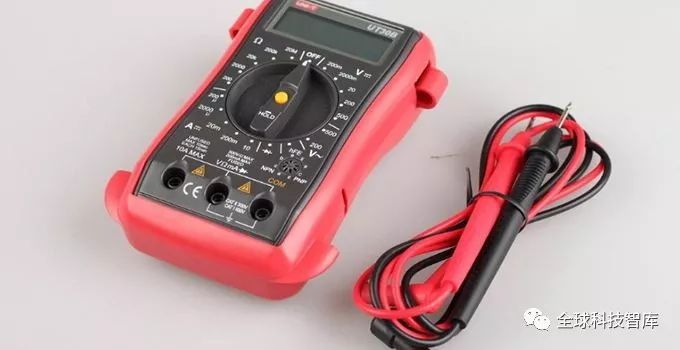
I encountered a 1N5408 diode that could not be determined to be good or bad with a digital meter, but using the analog meter on the 10K and 10 ohm ranges revealed the problem: Out of 4 diodes, one had a static resistance deviation and was inconsistent; replacing the suspected diode resolved the issue because the forward and reverse resistance values of that diode were too far apart! When distinguishing between glass body diodes as voltage regulators or rectifiers, the one with lower forward resistance is the rectifier, while the one with higher forward resistance is the voltage regulator! For example, the forward resistance of a rectifier is 3 to 5K, while that of a voltage regulator is 5 to 8K, etc. When testing a speaker, quickly touch the terminal with the 1 ohm range to hear a crisp clicking sound; if it’s not crisp, it indicates a problem with the coil. When buying a speaker without conditions, you can use the 1 ohm range on the analog meter to touch and listen with your ear; you can basically pick out a pair of speakers with similar sounds! (Because speakers cannot have consistent craftsmanship), and to determine the polarity and amplification ability of a transistor, you can use an analog meter.
To judge amplification ability, connect the red probe to the emitter and the black probe to the collector, using the 10K range. At this point, lick the collector and base with your tongue; the greater the needle movement, the larger the amplification factor! This also helps determine that the black probe is connected to the collector…
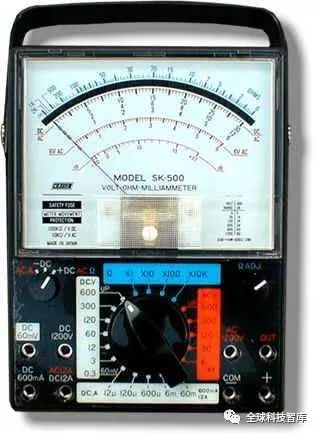
These two types of meters: The black probe of the analog meter is the positive terminal of the internal battery, while the red probe is the negative terminal; in contrast, for the digital meter, the red probe is the positive terminal of the internal battery, and the black probe is the negative terminal! They are exactly opposite. To check the linearity of a potentiometer with an analog meter, slowly turn the potentiometer to observe its stability. It is more intuitive than a digital meter! For a drill’s carbon brush, use an analog meter to measure while rotating the rotor to visually observe any contact issues!
In summary, we should prepare both digital and analog meters for convenience! When purchasing, the analog meter must have a 1 ohm range and a 10K range! The above is just personal experience.

Do you have any good experiences to share with everyone?
Feel free to leave a message below!

Recently, what everyone is watching
1. A robot playing billiards? This is the first time I’ve seen it!
2. Industry 4.0 is no longer far away: Cloud Robots
3. Four major usage tips for gearbox maintenance
4. Main components, materials, configurations, and control systems of industrial robots
5. What should you learn for an introduction to industrial robot technology?
6. A compilation of 20 industrial robot application case videos
7. Understand Microsoft AI in one picture
8. 100% welding automation, a sci-fi blockbuster with robots!
1. A robot playing billiards? This is the first time I’ve seen it!
2. Industry 4.0 is no longer far away: Cloud Robots
3. Four major usage tips for gearbox maintenance
4. Main components, materials, configurations, and control systems of industrial robots
5. What should you learn for an introduction to industrial robot technology?
6. A compilation of 20 industrial robot application case videos
7. Understand Microsoft AI in one picture
8. 100% welding automation, a sci-fi blockbuster with robots!
If you want to know more, hurry up and follow Global Technology Think Tank


Long press the QR code to follow us

Here you can find the latest global technology consulting, please pay attention!
